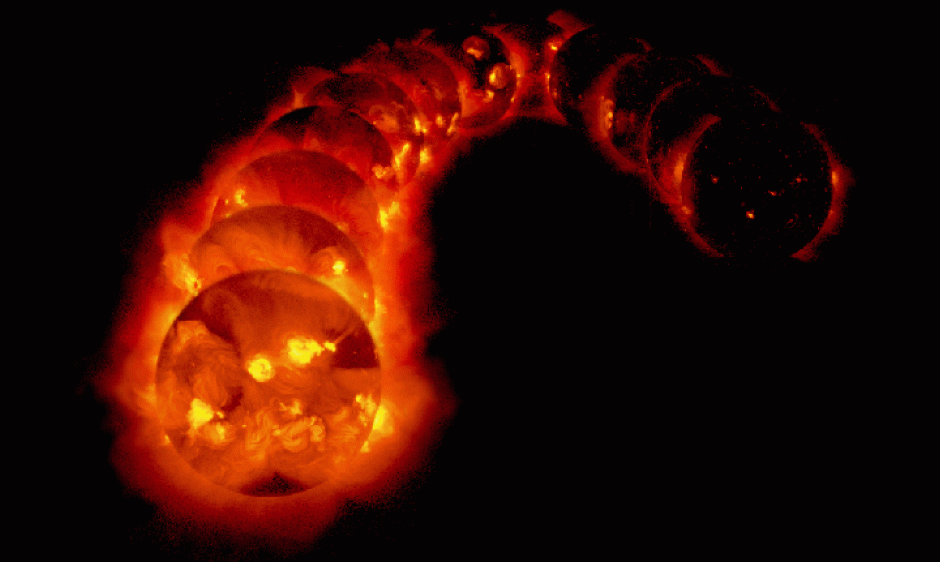
Solar Cycle 24 Marches On
Now in September 2013, the Sun is still in the midst of its "maximum phase," though modest when compared with recent past cycles. Data and imagery show the comings and goings of sunspots, markers of the strong local magnetic fields that cause the eruptions commonly thought of as space weather. Forecasters expect intermittent activity to continue through the end of this year, on into 2014. At times the activity will be significant. Watch the SWPC web site for news of those times.